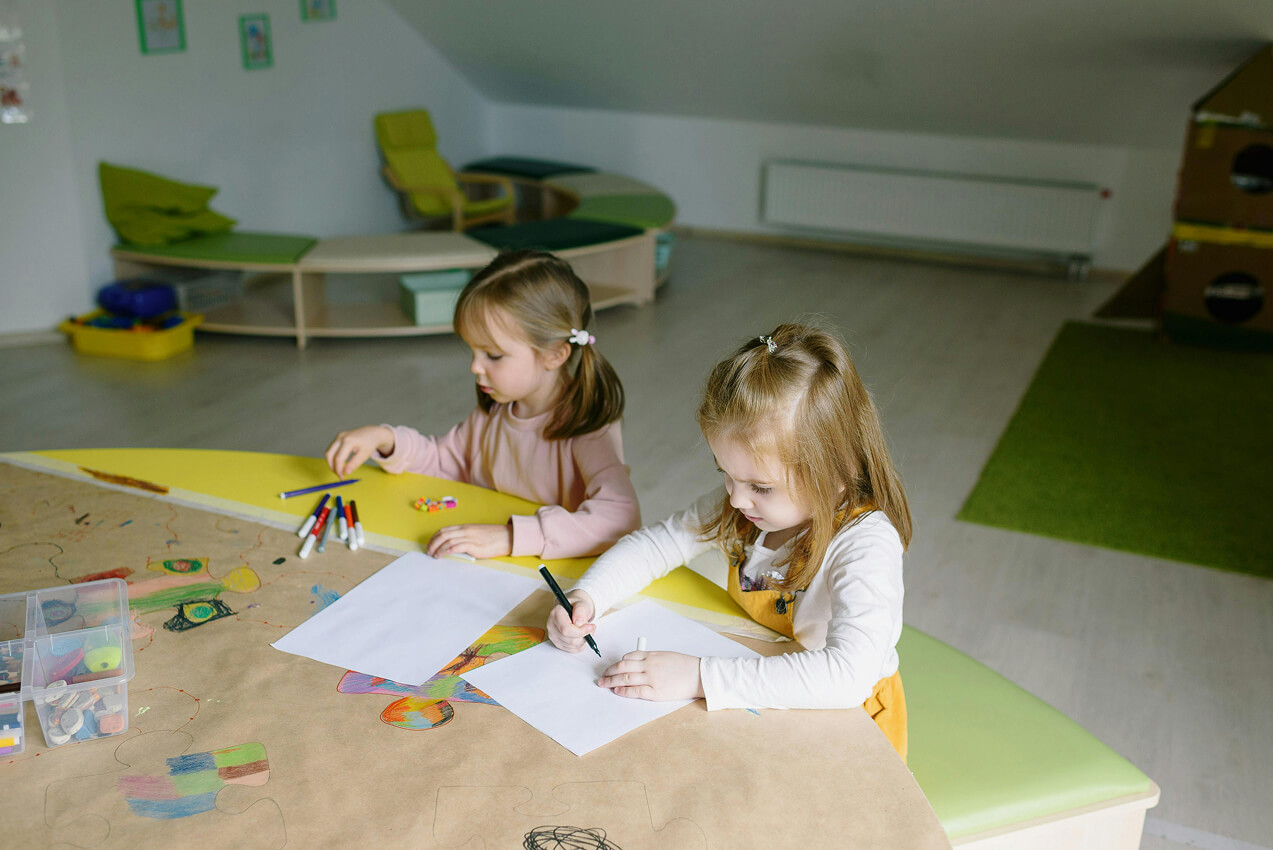Young children learn better through hands-on activities than through digital content
Physical coloring activities stimulate brain development in children through different pathways than digital screen-based activities. The physical act of crayon use on paper activates motor cortex areas which stay inactive when children use touch screens. The resistance of paper against crayon provides sensory feedback which enables children to understand how actions produce effects.
Studies conducted by pediatric development experts demonstrate that children who participate in hands-on activities develop superior spatial reasoning abilities. The three-dimensional process of coloring on paper helps children develop hand strength and teaches them depth perception abilities which digital touchscreens cannot duplicate.
The process of hand-eye coordination development follows scientific principles
The process of staying inside lines during coloring requires controlled muscle movements which improve through practice. Children need to link what they see with their hand actions while keeping their grip force at the right level. The intricate process develops neural connections which link the eyes to the hands.
The physical process of coloring helps children build the small hand muscles which become essential for writing. Occupational therapists use coloring activities as pre-writing exercises because they help children develop pencil-holding endurance and control needed for longer writing tasks.
Coloring activities help children focus better than digital applications do
Digital applications create continuous stimulation through their combination of audio effects and animated content and reward systems. The excessive stimulation from digital content leads to shorter periods of focused attention. The activity of coloring books enables children to maintain continuous attention without any interruptions. Children learn to maintain their focus on one task for longer periods of time without needing external rewards.
Children achieve flow states through quiet coloring activities which enable deep learning to happen. Children who focus without interruptions from digital alerts or level-ups develop improved self-regulation abilities and longer attention spans.
Real Creativity vs. Digital Constraints
Digital coloring applications restrict users to specific color options and perfect drawing tools. Real coloring enables children to make artistic choices while teaching them that mistakes during the creative process are an essential part of learning. The process of coloring outside the lines leads children to discover new artistic effects.
Physical coloring enables children to combine different colors and adjust their crayon pressure for shading effects and try out multiple artistic methods. Children understand that applying more force to the paper makes colors darker and different coloring directions create different textures. The process of discovery enables children to develop authentic creative abilities and solve problems.
Family Bonding Without Wi-Fi
The practice of coloring together between family members generates natural opportunities for conversation. Parents can examine the artwork while asking their children about their color preferences and showing their own coloring work. The side-by-side activity promotes family communication through relaxed interactions that avoid direct face-to-face confrontation.
Screen-free activities enable families to establish connections through activities that do not require Wi-Fi access. The experience remains uninterrupted because there are no passwords to enter and no updates to download and no battery concerns to worry about. Through their focus and creative behavior parents demonstrate to their children that they support their educational development.
The Hidden Benefits of Paper-Based Learning
Educational coloring books with word puzzles deliver learning content that digital platforms cannot match. Children develop their letter-tracing skills by using their fingers while they search for words and make connections between related ideas. Physical activities with paper create more durable memory connections than the simple screen taps children use for digital activities.
Children gain visible markers of their progress because paper creations remain permanent. Children can show their finished artwork to others and build a coloring portfolio while observing their artwork development over time. The ability to see their progress helps children develop confidence and motivation at a higher level than digital achievement indicators do.
The process of switching from screen-based activities to paper-based activities requires a strategic approach
The process of eliminating screen time does not need to result in complete technology elimination. Start by dedicating 15 minutes to coloring during periods when your child would normally watch screens. The time spent coloring should grow longer because children will learn to enjoy finishing their physical work.
A specific area for coloring should have proper lighting and comfortable seating arrangements. The supplies need to stay organized while remaining easily reachable to children. Children develop strong enthusiasm for coloring when they understand it represents a special activity instead of a screen-based punishment.
The Long-Term Impact
Children who participate in screen-free educational activities build stronger academic skills which lead to better school performance. Students who participate in screen-free educational activities enter school with enhanced fine motor abilities and longer attention spans and increased creativity. The educational benefits from these activities will grow stronger as students progress through their academic years.
Regular coloring practice helps children develop habits which continue into their adult years. Children develop two essential skills through coloring activities: they learn to concentrate quietly and they learn to create physical things and discover happiness in basic activities. The abilities children develop through coloring will benefit them throughout their academic years and their professional careers and personal growth.
The combination of educational coloring books with hidden word puzzles provides a solution to decrease screen usage while students learn new skills. The educational coloring books provide traditional coloring activities with hidden word puzzles that help students learn vocabulary and solve problems. The addition of new books every weekday provides students with continuous fresh content that avoids blue light exposure.
[Browse Our Library] – Instant downloads, unlimited printing. The material serves as an excellent choice for periods without screens.

